Syn.: Hieracium absonum J. F. Macbr. et Payson, Hieracium albertinum Farr, Hieracium chapacanum Zahn, Hieracium cusickii Gand., Hieracium cynoglossoides Arv.-Touv., Hieracium flettii St. John et Warren, Pilosella scouleri (Hook.) F. W. Schultz et Sch. Bip.
Family: Asteraceae Bercht. et J. Presl
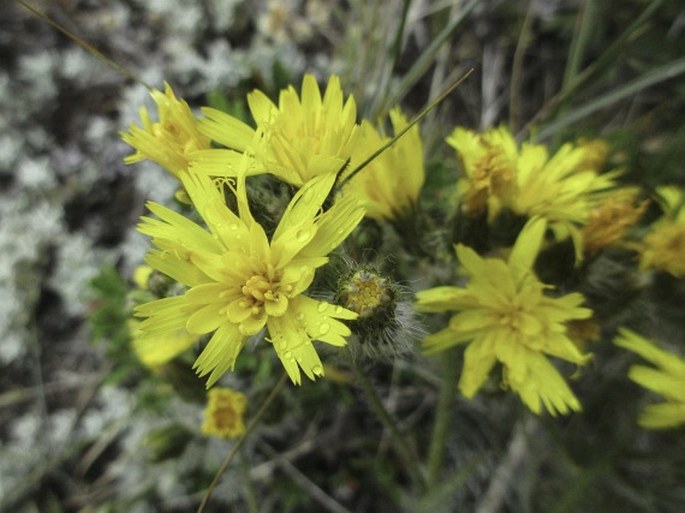
Distribution: North American species occurring in the western part of the continent. Found from British Columbia and Alberta in Canada and in Washington, Oregon, Idaho, Montana, Wyoming, Utah and northern California in US.
Ecology: Grows in mountain meadows, rocky slopes and margins of forests, at elevation 400–3000 m. Blooms from June to September.
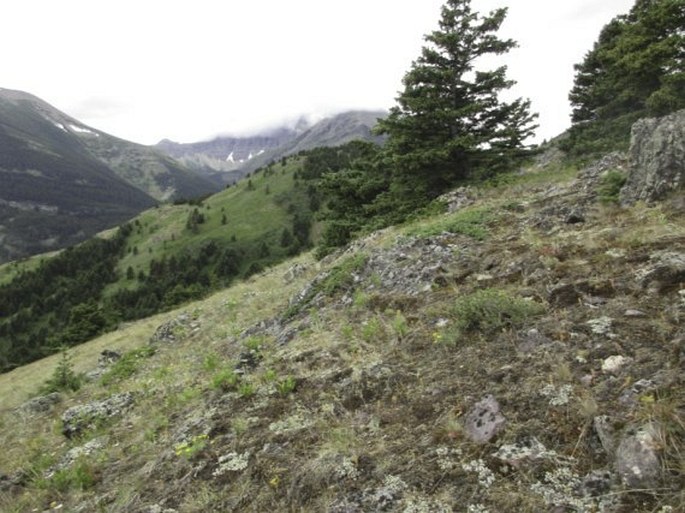
Description: Perennial herb, 30–100 cm tall, exuding milky juice, from a stout, short rhizome. Stems erect, usually piloso-hirsute, with hairs 1–8 mm long, and stellate-pubescent, or stipitate-glandular, sometimes glabrous. Basal leaves petiolate, lanceolate or oblanceolate, 10–30 cm long, 1–3 cm wide, margins smooth or slightly wavy; stem leaves similar to base leaves but reduced in size towards the top. Inflorescence of 3–25 flower heads in a corymb, involucres campanulate, 8–10 mm, involucral bracts linear or narrowly lanceolate, piloso-hirsute, stellate-pubescent, and stipitate-glandular; ray flowers yellow, 10–12 mm. Fruit is an achene, ribbed, 3–3.5 mm long, with whitish pappus.
Note: Hairiness of this species is quite variable, the three taxa are distinguished by the density of bristly hairs on the plants: H. s. var. albertinum, var. scouleri and var. griseum.
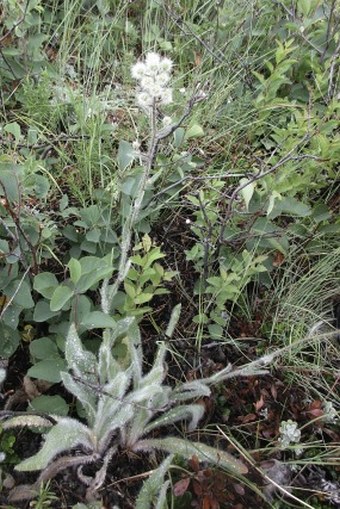
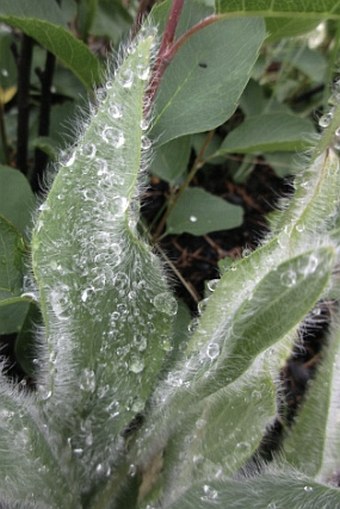
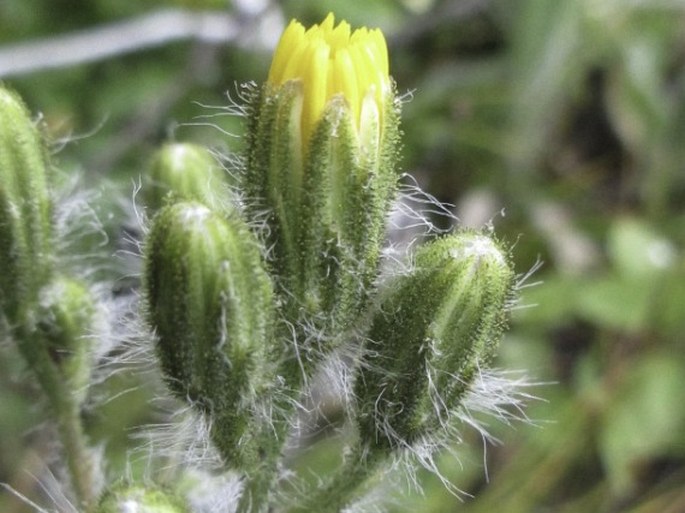
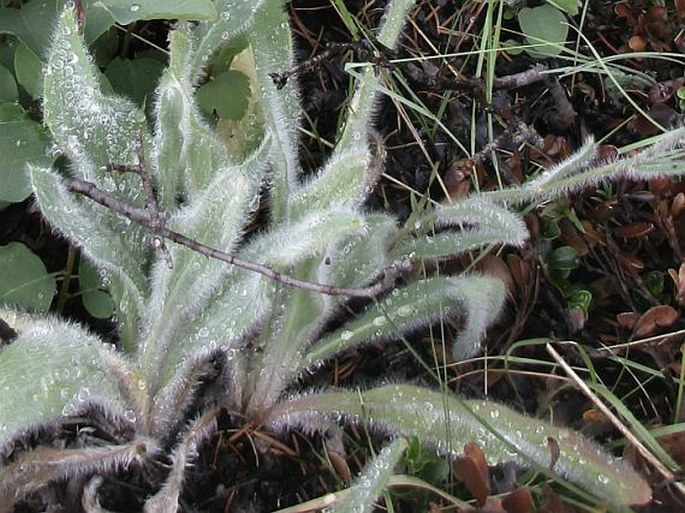
These images were taken in Canada, Alberta, Waterton Lakes National Park (July 6, 2016).


